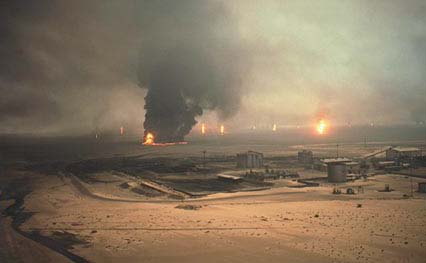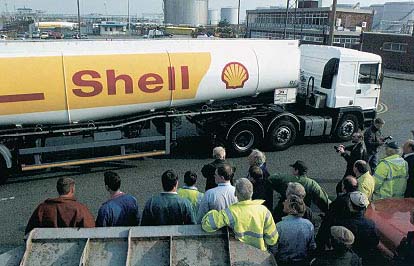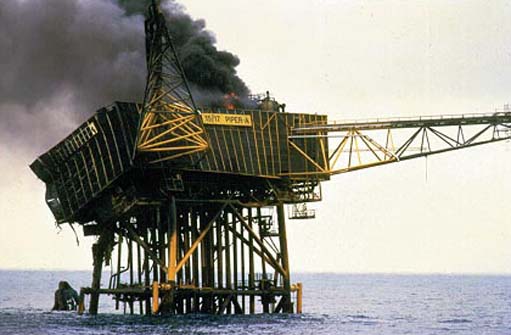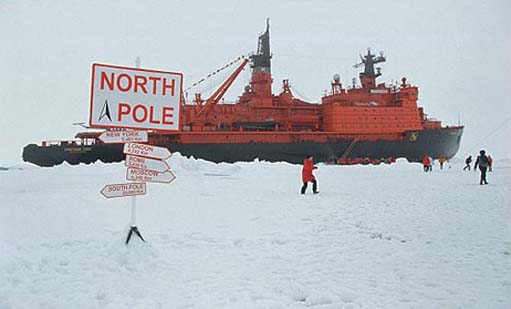1.1 Energy sources and environmental impact

Substantial rises in the price of oil also can cause world-wide economic disruption and lead to widespread protests, as seen in the USA and Europe in 2000.

The exploitation of fossil fuel resources entails significant health hazards. These can occur in the course of their extraction from the earth, for example in coal mining accidents or fires on oil or gas drilling rigs.

They can also occur during distribution, for example in oil spillages from tankers that pollute beaches and kill wildlife; or on combustion, which generates atmospheric pollutants such as sulphur dioxide and oxides of nitrogen that are detrimental to the environment and to health.

Fossil fuel combustion also generates very large quantities of carbon dioxide (CO2), the most important anthropogenic (human-induced) greenhouse gas. The majority of the world's scientists now believe that anthropogenic greenhouse gas emissions are causing the earth's temperature to increase at a rate unprecedented since the ending of the last ice age. This is very likely to cause significant changes in the world's climate system, leading to disruption of agriculture and ecosystems, to sea level rises that could overwhelm some low-lying countries, and to accelerated melting of glaciers and polar ice.


Nuclear power has grown in importance since its inception just after World War II and now supplies some 7 per cent of world primary energy. A major advantage of nuclear power plants, in contrast with fossil fuelled plants, is that they do not emit greenhouse gases. Also, supplies of uranium, the principal nuclear fuel, are sufficient for many decades – and possibly centuries – of supply at current use rates. However the use of nuclear energy, as we shall see, gives rise to problems arising from the routine emissions of radioactive substances, difficulties of radioactive waste disposal, and dangers from the proliferation of nuclear weapons material. To these must be added the possibility of major nuclear accidents which, though highly unlikely, could be catastrophic in their effects. Although some of these problems may be amenable to solution in the longer term, such solutions have not yet been fully developed.
Extracting energy from fossil or nuclear fuels, in the course of providing energy-related services to society, generates significant environmental and social impacts. These impacts are greater than they need be because of the low efficiency of our current systems for delivering energy, converting it into forms appropriate for specific tasks, and utilising it in our homes, machinery, appliances and vehicles. An important way of mitigating the environmental impacts of current fuel use is therefore to improve the efficiency of these systems. Over the past few decades, significant efficiency improvements have indeed been made, but further major improvements are feasible technologically – and are, in many cases, attractive economically.
